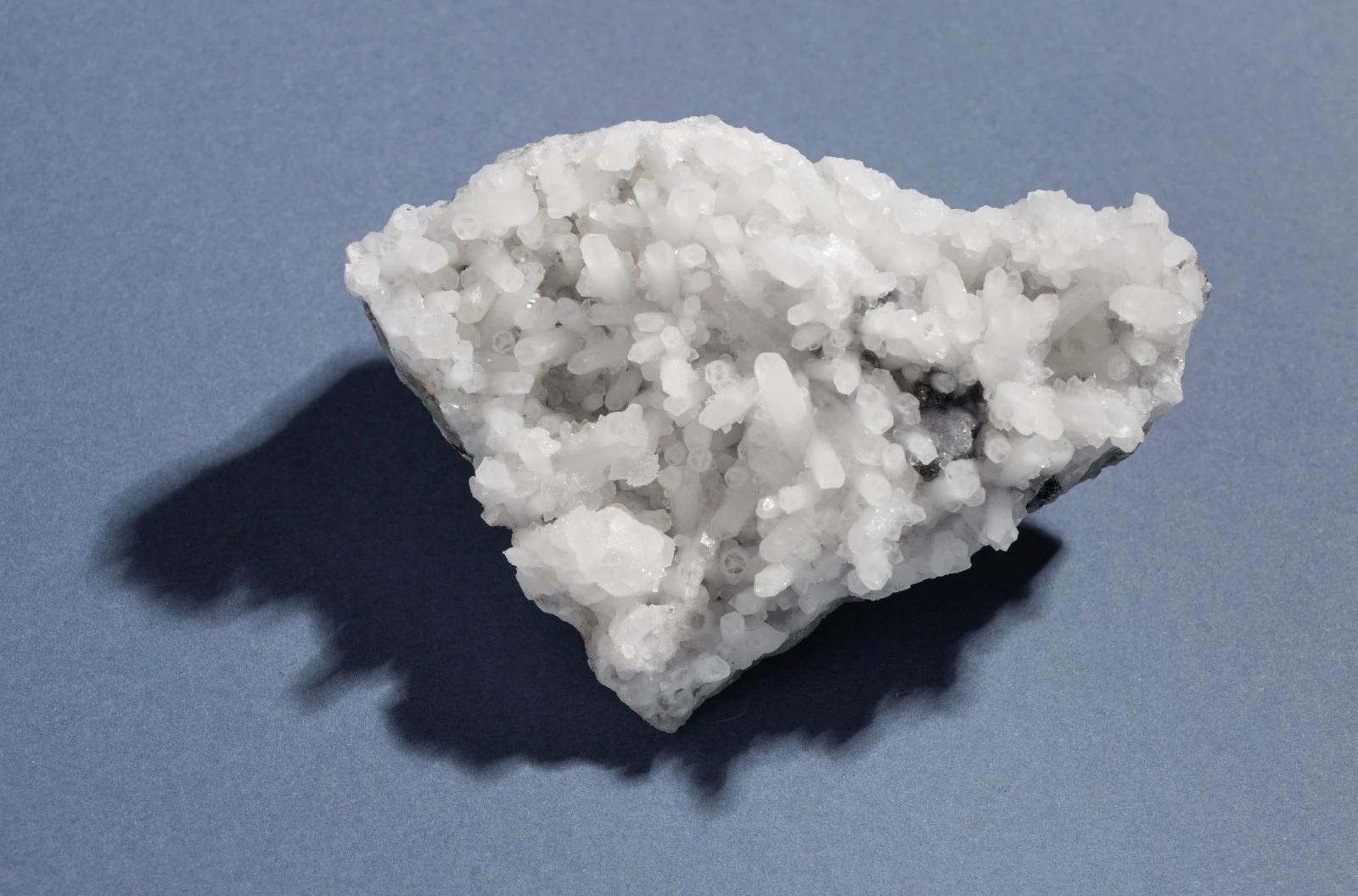TABLE OF CONTENTS
Menu
TABLE OF CONTENTS
Menu
What is Fumed Silica?
Fumed silica, or pyrogenic silica, is an ultrafine, amorphous powder produced through a specialized chemical process. It’s recognized for its significant surface area and unique ability to modify the properties of various products.
Production Process
The creation of fumed silica involves the combustion of silicon tetrachloride in an oxygen-hydrogen flame, a method known as flame hydrolysis. This process generates silica particles that are free of any crystalline structure, resulting in a white, fluffy powder.
Significance Across Industries
Fumed silica’s versatility is evident in its wide range of applications. It serves as a thickening agent, a filler, and a desiccant among other roles in industries such as pharmaceuticals, cosmetics, rubber and plastics, and electronics. Its ability to improve product performance, stability, and texture makes it an invaluable ingredient in numerous formulations.
Is Fumed Silica Hydrophobic?
Understanding Hydrophobic Properties
To address whether fumed silica is hydrophobic, it’s crucial to understand what hydrophobicity means. Hydrophobic substances repel water, resisting absorption and forming a barrier against moisture. This characteristic is opposite to hydrophilicity, where substances easily mix with or absorb water.
Fumed Silica's Hydrophobic Nature
Fumed silica can indeed be hydrophobic, but this property is not inherent to all forms of fumed silica. The hydrophobicity of fumed silica is achieved through a post-production process called surface treatment. During this process, the silica particles are coated with substances such as dimethylsilyl groups, which modify the surface characteristics, making the silica water-repellent.
Applications of Hydrophobic Fumed Silica
The hydrophobic nature of treated fumed silica lends itself to several important applications. In the creation of sealants and adhesives, it prevents moisture absorption, enhancing durability and performance. In cosmetics, it helps in controlling oiliness and extending product shelf life by reducing water content. Furthermore, in the paints and coatings industry, hydrophobic fumed silica improves water resistance and stability of formulations, contributing to longer-lasting finishes.
Choosing Between Hydrophobic and Hydrophilic Fumed Silica
The decision to use hydrophobic versus hydrophilic fumed silica depends on the desired product characteristics. While hydrophilic fumed silica is excellent for enhancing viscosity and stability in aqueous solutions, hydrophobic fumed silica is sought after for its moisture-resistant properties in formulations where water absorption is undesirable.
while fumed silica in its untreated form is inherently hydrophilic, chemical modifications can impart hydrophobic properties, broadening its application across industries that require moisture resistance and control. Understanding these distinctions is crucial for selecting the right type of fumed silica for specific industrial needs.
Fumed Silica and Water: Interactions and Applications
The Basics of Fumed Silica and Water Interaction
The relationship between fumed silica and water is fundamentally influenced by the silica’s surface properties—primarily whether it is hydrophilic or hydrophobic. Untreated fumed silica naturally exhibits hydrophilic characteristics, meaning it readily attracts and absorbs water. This ability to interact with water makes it an essential component in products requiring viscosity control and stabilization in aqueous solutions.
Hydrophilic Fumed Silica in Water-Based Formulations
In its hydrophilic form, fumed silica serves as a thickening agent, suspending aid, and stabilizer in water-based formulations. Its high surface area allows it to form a network of particles in liquids, increasing viscosity without significantly altering other properties. This is particularly valuable in paints, inks, and cosmetic products, where controlled flow and spreadability are desired.
Transitioning to Hydrophobic Fumed Silica
Through surface treatment, fumed silica can be rendered hydrophobic, altering its interaction with water. Hydrophobic fumed silica repels water, making it an ideal choice for products where moisture resistance is paramount. This treated form of silica is used to prevent caking in powders, enhance the water-repellency of coatings and sealants, and improve the shelf life of moisture-sensitive formulations.
Significance in Industrial Applications
The distinct behaviors of hydrophilic and hydrophobic fumed silica when mixed with water underpin their significance in various industrial applications. For instance, hydrophilic fumed silica is indispensable in the production of aqueous gel batteries, where it prevents leakage and improves battery life by stabilizing the electrolyte. Conversely, hydrophobic fumed silica is crucial in creating water-repellent surfaces and enhancing the performance of marine paints and varnishes.
Considerations in Mixing Fumed Silica with Water
When incorporating fumed silica into water-based formulations, it’s important to manage the dispersion process carefully. Efficient mixing ensures uniform distribution, preventing agglomeration and achieving the desired product consistency. Advanced mixing equipment and techniques may be required to fully exploit the benefits of fumed silica in water or other liquid mediums.
The interaction between fumed silica and water—whether embracing or repelling—plays a critical role in the development and performance of a wide range of products. Understanding these dynamics is key to leveraging fumed silica’s properties, enabling manufacturers to tailor products to meet specific requirements and consumer expectations.
Conclusion
Fumed silica’s role across industries highlights its unparalleled versatility and efficiency. Understanding its interaction with water and its hydrophobic or hydrophilic properties allows for tailored applications, from enhancing product stability to optimizing texture. As we look forward, the potential for innovative uses of fumed silica in technology and sustainability is immense. Its environmental compatibility and adaptability make it a valuable resource for future advancements. Fumed silica, a simple compound with complex applications, continues to be an essential element in crafting solutions that meet both current needs and future challenges, solidifying its place in material science.
FAQs for Fumed Silica Article
Lorem ipsum dolor sit amet, consectetur adipiscing elit. Ut elit tellus, luctus nec ullamcorper mattis, pulvinar dapibus leo.
Fumed silica is an ultrafine, amorphous form of silica produced by high-temperature combustion of silicon tetrachloride in an oxygen-hydrogen flame. Known for its high surface area and absence of crystalline structure, it is used as a thickening agent, filler, and desiccant in various applications.
The interaction between fumed silica and water depends on its surface treatment. Untreated fumed silica is hydrophilic and absorbs water easily, enhancing the viscosity of liquids. Hydrophobic fumed silica, treated with silanes, repels water, making it suitable for moisture-sensitive applications.
Fumed silica can be either hydrophobic or hydrophilic. Naturally, it is hydrophilic, but it can be made hydrophobic through surface treatments that change its interaction with water, preventing it from absorbing moisture.
Contact Us
Questions or looking for a quote?





